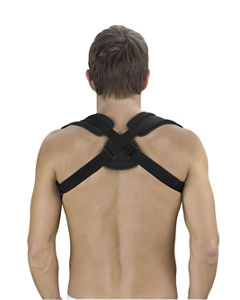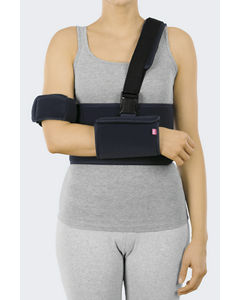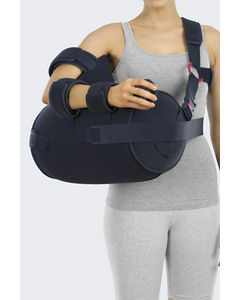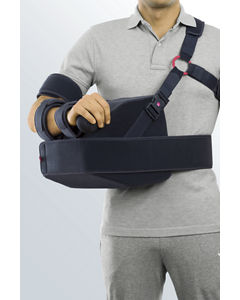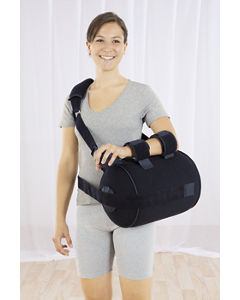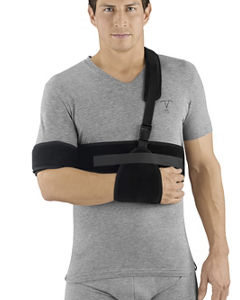Shoulder health
There are many reasons why a patient might suffer from shoulder pain, such as rotator cuff injuries, a dislocated shoulder or fractures. To relieve pain and immobilize the shoulder joint so that it can heal in the right position, a shoulder support is often the right therapy. medi offers a variety of shoulder supports for adults and children that help speed up the healing process and improve your shoulder health long-term.

